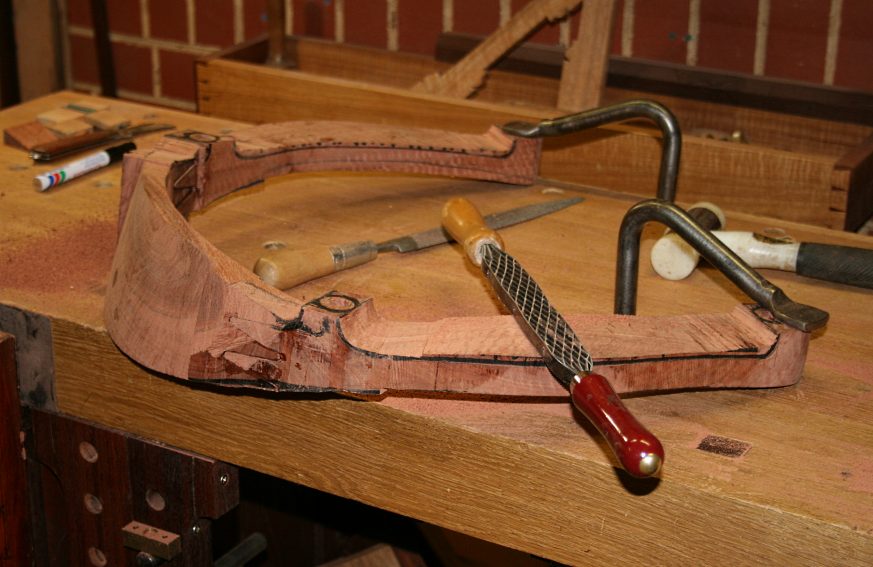I'm learning tremendously from all of your inputs. Keep them coming.
Yes, indeed, there is not a huge amount of material that needs to be removed from the rough bandsawn shapes. Mainly smoothing and getting curves on matched pieces to look the same.
I have no experience using either rasps or spokeshaves, so I'd love some tips for usage also.
- After I ask a stranger if I can pet their dog and they say yes, I like to respond, "I'll keep that in mind" and walk off
- It's above my pay grade. Mongo only pawn in game of life.




 Reply With Quote
Reply With Quote






